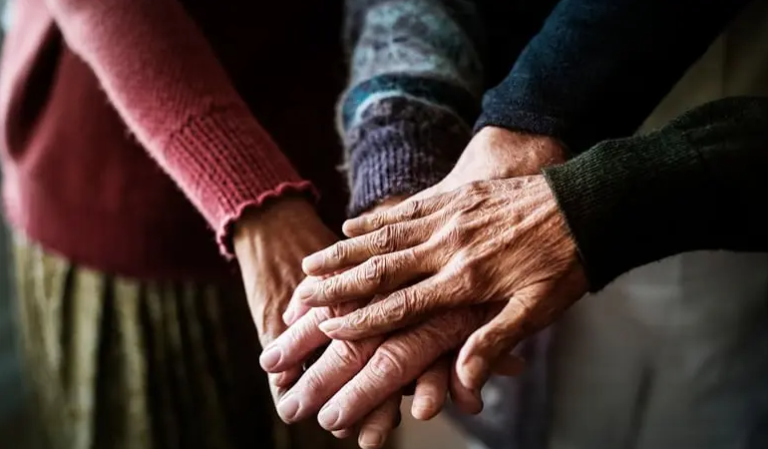
When it comes to weight loss, there’s no one-size-fits-all solution. The best diet for you depends on what you like to eat, your lifestyle, and any health concerns you might have. Here are some of the most popular diets that have helped many people lose weight:
1. Mediterranean Diet
- What it is: A way of eating inspired by countries around the Mediterranean, like Greece and Italy.
- What to eat: Lots of fruits, veggies, whole grains, nuts, seeds, and healthy fats like olive oil. Fish and poultry are your go-to proteins, and you’ll limit red meat and sugar.
- Why it works: It’s balanced and full of foods that are good for your heart, help you feel full, and keep you satisfied. Plus, it’s flexible and easy to stick to.
2. Low-Carb Diet (Keto, Atkins)
- What it is: These diets limit carbs (like bread, pasta, and sugar) and encourage higher fat and protein intake.
- What to eat: Meats, fish, eggs, non-starchy vegetables, and healthy fats (like avocado and olive oil). Keto cuts carbs way down, while Atkins gradually reintroduces some carbs.
- Why it works: When you cut carbs, your body burns fat for energy instead of sugar. This helps with weight loss and keeps you from feeling hungry.
3. Intermittent Fasting (IF)
- What it is: Rather than focusing on what you eat, it’s about when you eat. You fast (don’t eat) for a certain number of hours each day, then eat during a specific time window.
- What to eat: You eat normal meals, but only during your “eating window” (e.g., 8 hours a day). During fasting, you don’t eat anything with calories.
- Why it works: It helps you eat fewer calories overall and gives your body time to burn fat. Plus, many people find it easier than counting calories or restricting food.
4. Plant-Based Diet
- What it is: A diet that focuses on plant-based foods, with little to no animal products.
- What to eat: Vegetables, fruits, grains, legumes (like beans and lentils), and plant-based proteins (like tofu, tempeh, and seitan). Some versions allow dairy and eggs, others do not.
- Why it works: Plant-based foods are naturally lower in calories, and the fiber helps you feel full. Plus, they’re packed with nutrients that are good for overall health.
5. WW (Weight Watchers)
- What it is: A popular weight loss program where foods are given points based on their nutritional value, and you track your points throughout the day.
- What to eat: A variety of foods, but you focus on healthier options (fruits, vegetables, lean meats) to stay within your point limit.
- Why it works: WW is flexible—nothing is off-limits. It teaches portion control and gives you a support system, either online or in person, to help you stay on track.
6. DASH Diet (Dietary Approaches to Stop Hypertension)
- What it is: A diet originally designed to help lower blood pressure, but it’s also great for weight loss.
- What to eat: Whole grains, lean meats, fruits, vegetables, and low-fat dairy. It limits salt, sugary foods, and red meat.
- Why it works: The DASH diet is nutrient-rich, which helps control hunger and reduce cravings. It’s also good for your heart and overall health.
7. Whole30 Diet
- What it is: A 30-day “reset” that eliminates certain foods to help you identify food sensitivities and improve your health.
- What to eat: Whole, unprocessed foods like meat, seafood, eggs, vegetables, fruits, and nuts. You cut out sugar, alcohol, grains, dairy, and legumes for 30 days.
- Why it works: It helps kickstart weight loss by cutting out processed foods and anything that might cause inflammation or bloating.
8. Flexitarian Diet
- What it is: A mostly plant-based diet with some flexibility to eat meat or animal products.
- What to eat: Focus on plant-based foods, but occasionally include small amounts of meat, fish, or dairy.
- Why it works: You get the health benefits of a plant-based diet, but it’s easier to stick with since you don’t have to completely give up meat.
9. Volumetrics Diet
- What it is: A diet that focuses on eating large portions of low-calorie foods, so you feel full while still eating fewer calories.
- What to eat: Low-calorie foods like fruits, vegetables, soups, and whole grains. You’ll eat more of these foods to help you feel satisfied.
- Why it works: You eat more food but fewer calories. It’s all about feeling full without overloading on calories.
10. The Zone Diet
- What it is: A diet that balances your intake of carbs, protein, and fats at every meal (40% carbs, 30% protein, 30% fat).
- What to eat: A mix of lean proteins, healthy fats, and carbs from fruits, vegetables, and whole grains.
- Why it works: Balancing your macronutrients (carbs, proteins, fats) keeps your blood sugar steady, helping you stay energized and avoid cravings.
Things to Keep in Mind:
- Sustainability: Pick a diet you can see yourself following long-term. The best diet is the one you can stick with.
- Balance: Make sure you’re getting enough nutrients. Extreme diets that cut out entire food groups might lead to deficiencies.
- Exercise: Combine a healthy diet with regular exercise for even better results.
- Personal Needs: If you have health concerns (like diabetes or high blood pressure), talk to a doctor before starting a new diet.
Ultimately, the best weight-loss diet is the one that fits your lifestyle and helps you feel your best. If you’re not sure where to start, a dietitian can help you figure out what works for you.
